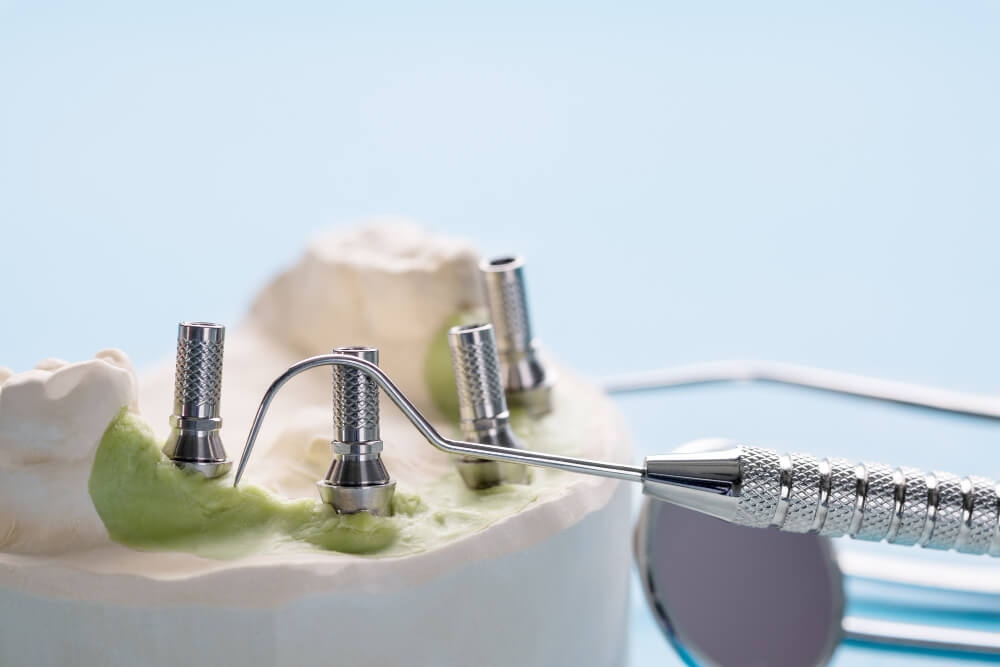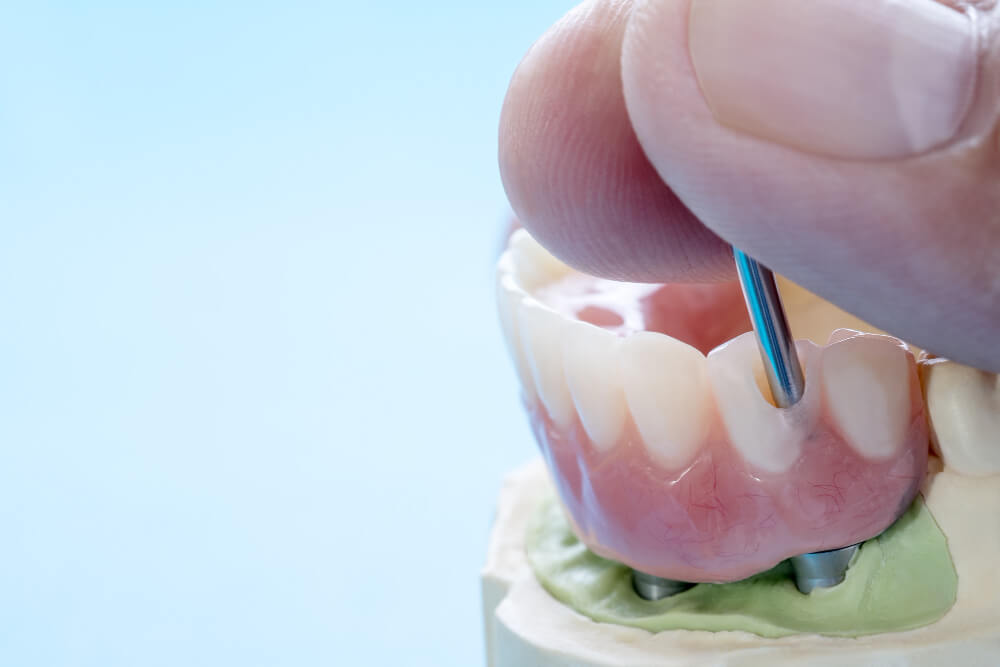- Your cart is empty
- Continue Shopping
Angled Abutments – What Are They?
-
clickin360
- Posted on
- 0 comments
Angled Abutments
An abutment is a mandatory component of prosthetics, which is a connecting link between the implanted part and the crown, which acts as a natural unit. High-precision individual products are produced on the basis of cad modeling. By geometry, products can be divided into two classes- Straight & Angled Abutments.

What is an Angled Abutment?
An angled abutment,, as the name implies, is distinguished by the presence of an angle between the implant base and the crown. The degree of inclination may vary depending on the selected typical element, or specific anatomical features. If standardized components do not allow to obtain the required crown position, then an individual approach is used, creating an abutment with the required slope.
Angled Abutments Advantages
In any case, the manufacturing materials are selected so as to exclude their negative interaction with each other. For example, metals can provoke electrochemical reactions, leading to their gradual breakdown and permanent bad taste in the mouth. Modern materials practically exclude such things.
Angled Abutments Profile
Strength
In any case, the manufacturing materials are selected so as to exclude their negative interaction with each other. For example, metals can provoke electrochemical reactions, leading to their gradual breakdown and permanent bad taste in the mouth. Modern materials practically exclude such things.
Aesthetics
Although the angled abutment is located inside the crown and remains invisible after all procedures, aesthetics is important. The fact is that through some types of crowns, the abutment can be translucent, especially if the adapter is made of Titanium or similar materials with a dark shade.
Safety
During operation, the abutments used in dentistry remain inert, that is, they do not emit harmful compounds due to oral enzymes, temperature changes and exposure to food. Over time, they do not change their properties, maintaining strength and safety until complete failure, when replacement is required.

Angled Abutments Materials
Angled abutments production is carried out on the basis of many raw materials types, but all options are distinguished by the presence of the indicators described above:
Titanium Abutments
Titanium stands out among all other alternatives for its unparalleled strength, which has established itself as the best choice suitable for the chewing area. The titanium abutment perfectly takes root and does not emit harmful compounds in any environment. Due to its parameters, it behaves ideally during micro-movements, which are inevitable in the case of stress eating.
Zirconium Abutments
In this case, we are talking about a substance that takes root perfectly. With over two decades of history as a dental material, Zirconium has proven itself to be the best, particularly in aesthetic applications.
Plastic Abutments
This is a budget option that either helps get abutments with limited funds, when the body rejects all other substances, or in the form of temporary construction units. Plastic abutments do not cause irritation of the mucous membrane, withstands significant stresses in bending and does not give in to fatigue of the structure over time. Substances used in dentistry perfectly bond and interact with metal parts of systems.

